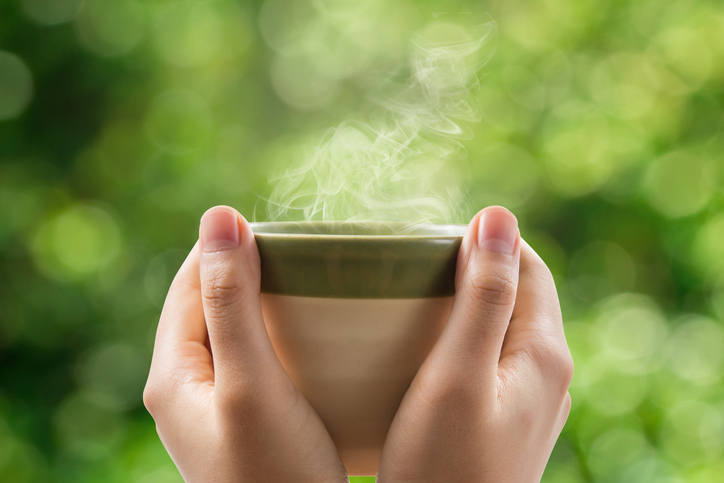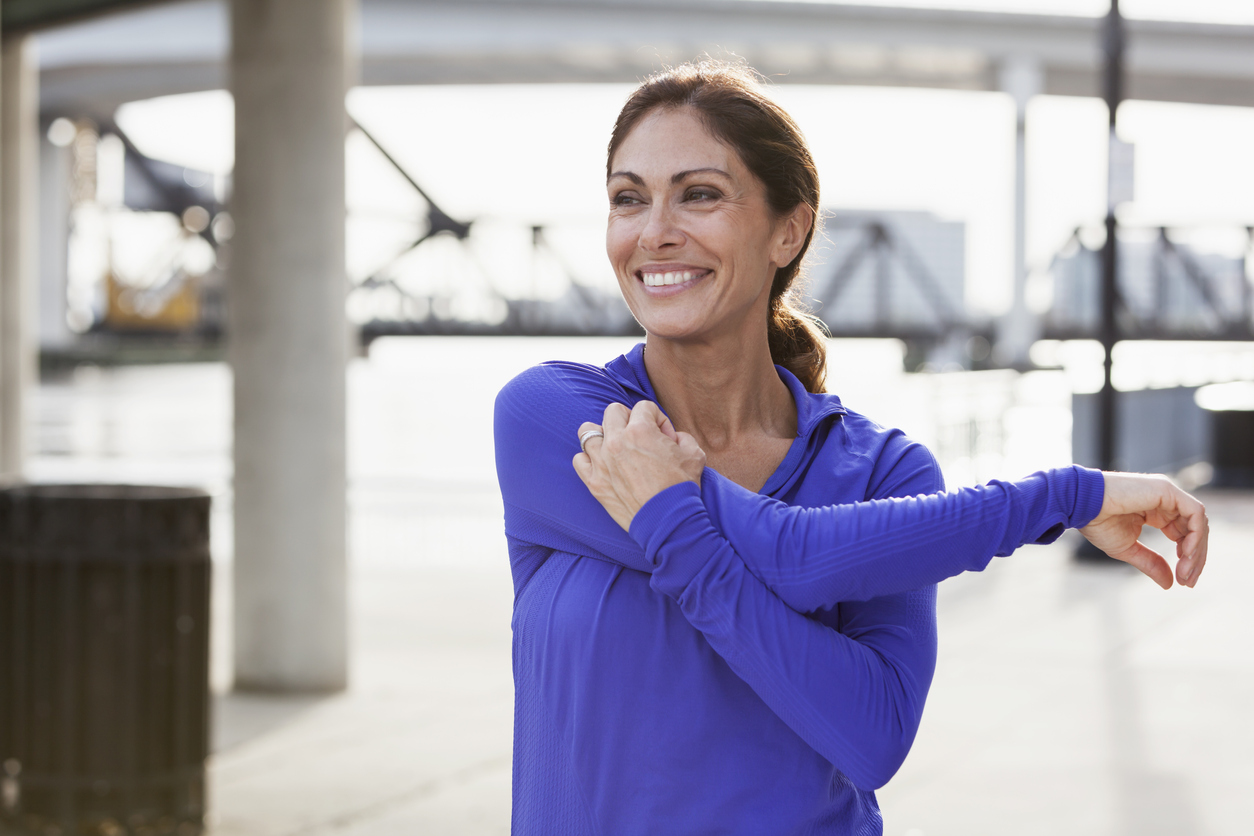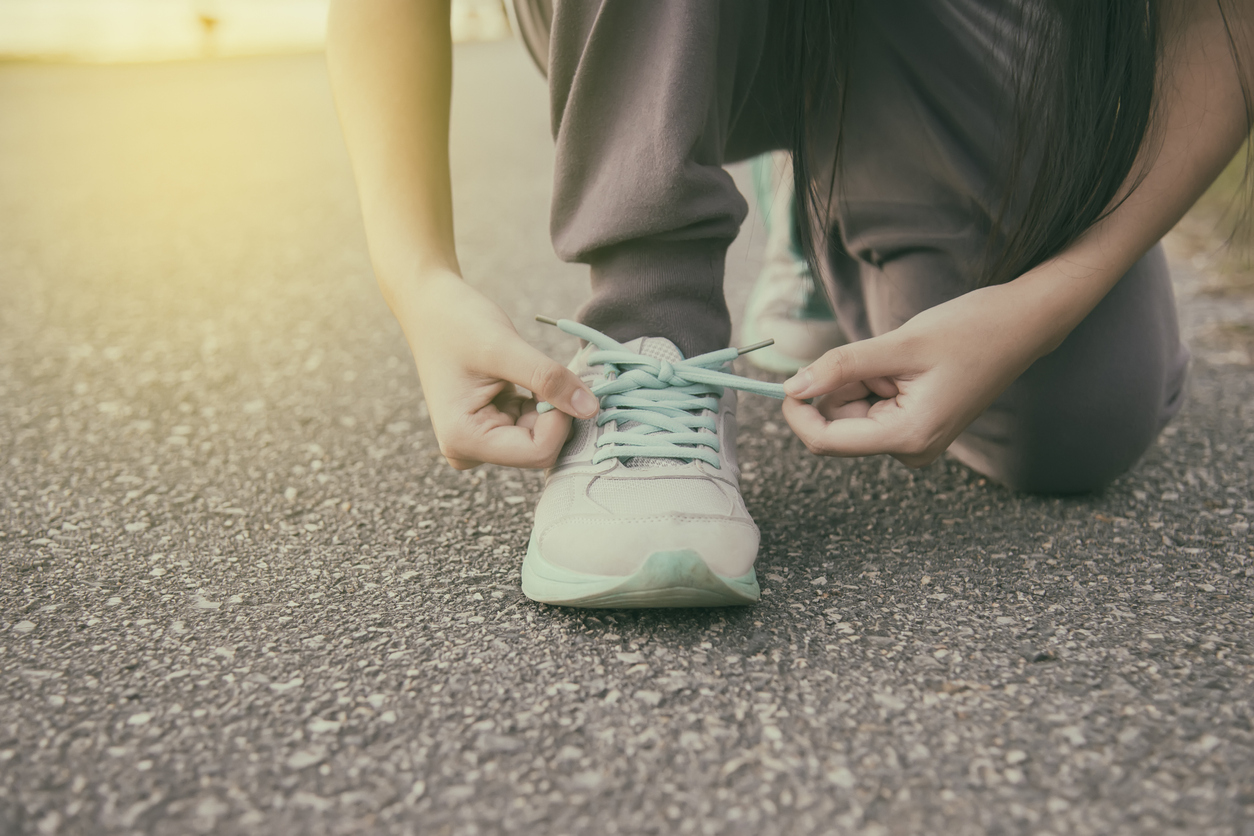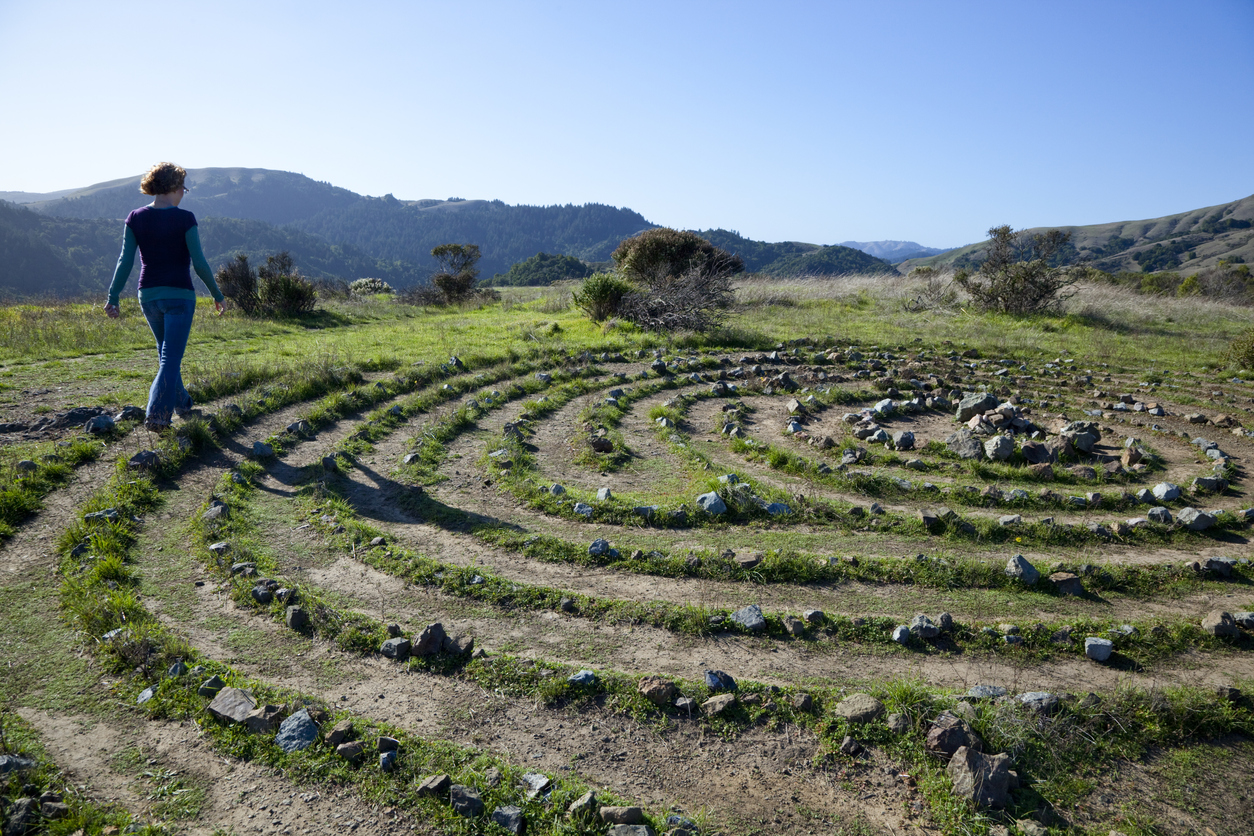Treatments
Natural Pain Remedies to Do at Home

Managing chronic pain often requires a combination of conventional medicine, alternative medicine and lifestyle changes. The following are some natural remedies that individuals can do at home to help manage chronic pain.
Try guided imagery meditation
Guided imagery meditation, or visualization, helps to calm the mind and body by imagining a scenario that incorporates all the senses. It promotes relaxation and pain reduction as it decreases the release of cortisol (a stress hormone) in the body. When stress is unmanaged, cortisol levels can lead to inflammation. While stress cannot be avoided, it can be managed in healthy ways. Guided imagery meditation can easily be learned at home through tutorials on the internet, audio books or CDs.
Get proper sleep
Sleep restores the mind and body. The body recovers during sleep; therefore, it is important to develop a healthy sleep routine. Relaxing bedtime rituals, such as taking a warm bath, meditating or reading a book, help promote good sleep. Maintaining a consistent sleep schedule (going to bed at the same time every night and waking up at the same time every morning) supports a healthy mind and body.
Stay hydrated
Proper hydration plays a crucial role in a person’s health. Water helps flush toxins from the body, reduces stiffness, aids in blood circulation and prevents constipation.
Get some sun
The outdoor environment plays a significant role in a healthy life. Ten to 15 minutes of sun exposure per day aids the body in producing vitamin D which helps reduce and prevent certain types of chronic pain, such as osteoarthritis and musculoskeletal pain.
Use heat and cold therapy
Heat increases blood circulation which provides the muscles and tissues with vital oxygen and nutrients. It also decreases pain signals. Using a heating pad or taking a hot bath can aid in pain reduction. Cold therapy decreases inflammation and slows nerve impulses resulting in reduced pain. Depending on the source of chronic pain, alternating between heat and cold therapy is generally recommended for pain reduction.
Move more
Endorphins are natural pain relievers that are produced by the body. Physical activity increases blood circulation and triggers the release of endorphins. Exercise does not have to be strenuous to be effective. Walking, swimming and cycling are all good choices. Also, stretching is an important component of an exercise routine as it increases range of motion, prepares the muscles for movement (warm up) and relaxes the body after exercise (cool down). Consulting a health care provider before beginning any new exercise program is important.
Listen to music
This is a very straightforward therapeutic technique. Listening to relaxing music while doing a few breathing techniques relaxes the mind and releases endorphins which aid in coping with chronic pain. Classical music is especially effective; however, listening to a favorite music genre helps, too.
Laugh more often
Laughing releases endorphins which are the body’s natural pain killers. A good laugh, especially with others, can be a great pain remedy. It increases circulation and boosts mood.

















